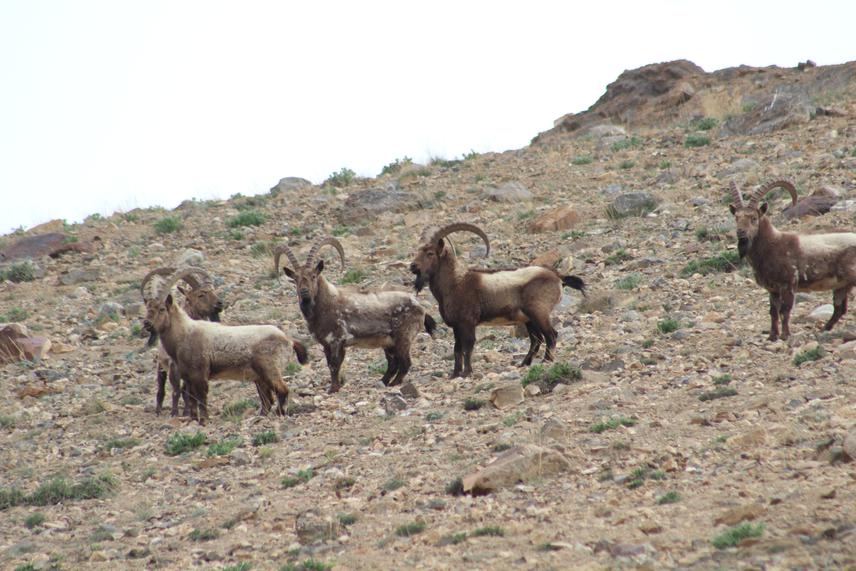Munib Khanyari
Other projects
26 Jan 2016
Assessing Health Impact of Livestock Grazing on Two Ungulate Species in Kedarnath Wildlife Sanctuary, Uttarakhand, India: An Ecological Review
Spiti Valley is a multi-use system. We will study two species Blue Sheep, Pseudois nayaur and Ibex, Capra sibirica. They are key determinants of the rare Snow Leopards, Panthera uncia population and are detrimentally affected by exploitative competition with livestock. We aim to understand the effects of environmental changes on the transmission of diseases (specifically gastrointestinal parasites) in mobile wild-domestic ungulate systems and explore the effectiveness of targeted disease management systems in addressing the economic, social and conservation consequences of disease-causing parasites. This intervention can improve livestock health (economically vital for the resource-poor communities), whilst ensuring wildlife conservation.

Transmission of disease between livestock and wild ungulates can impact agricultural economics, especially of resource-poor herders and wildlife conservation (Smith 2009). Gastro-intestinal nematodes (GINs) are determinants of fitness and susceptibility to disease in wild and domestic ungulates (Thumbi, 2013).
Much of Himalayas is characterized by a growing, agro-pastoral human population with their livestock (Pastures 2015). Several ungulates here are found outside protected areas, in proximity to people’s livestock, thus spatio-temporal overlap between livestock and wild ungulates is a reality, resulting in resource competition and potential for disease spill-over. The abundance and distribution of carriers is key to disease transmission (Morgan, 2006).
This becomes especially important within the context of climate change, which brings with it unprecedented environmental changes that could either exacerbate parasite transmission and/or increase resource competition.
For herders, their livestock are their economic and food security (GALVmed 2017). Whereas, wild ungulates are key determinant of their predator’s populations and play an important role in maintaining ecosystems by influencing vegetation structure, and nutrient cycling (Bagchi, 2010). Therefore, I believe by developing a better understanding of disease dynamics between domestic and wild ungulates we can attempt to improve livestock health and consequently conserve wild ungulate and their predators.
We aim to understand transmission dynamics of GINs in mobile wild-domestic ungulate systems, and explore the effectiveness of targeted disease management in addressing the economic, social and conservation consequences of disease causing GINs.
Collectively, to ensure proactive measure to combat disease transmission we need tools that take account of existing practises and incorporate understanding of human factors driving rangeland grazing and livestock health alongside the ecological understanding of disease transmission. Through this grant, we hope to build this transferable model such that its basic architecture can be applied to any wild ungulate system with livestock and test the effectiveness of targeted disease treatment as a cost- effective intervention to improve livestock health, and thus effectively ensuring wildlife conservation.